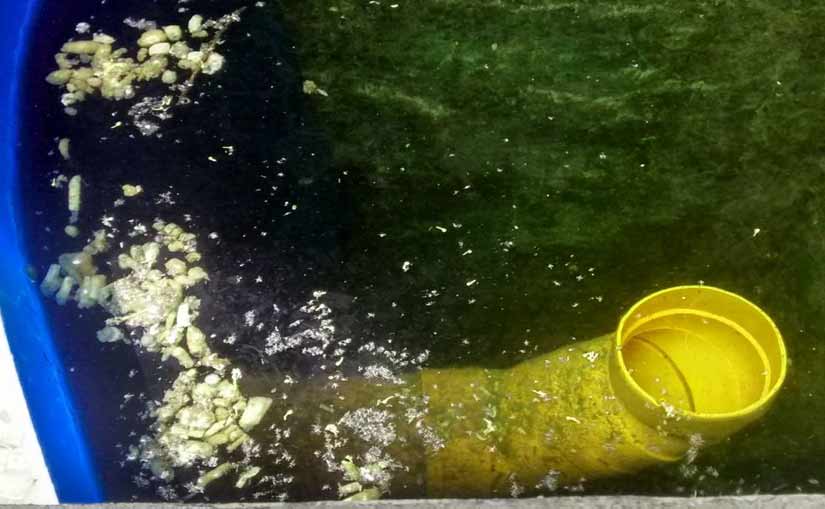You are now living the dream. You finally have a house under your name and a family to share it with. But with this great blessing is a responsibility that is as big as the decision you made and the money you spent—caring and maintaining your septic system. As with any septic system, leaks can, and do, develop sometimes. Since different leaks mean different things, your remediation approach will need to be designed to match the condition. When your distribution box shows leakage signs, you have your first clue which tells you that you drainage system beyond the D-Box is not functioning properly.
Let’s back up a little. One of the main things that you have to know about your septic system is the location of your distribution box or d-box. This is a main component that is at risk of significant leaks because it is the meeting point of the septic pipes. What if the distribution box or d-box leaks or overflow.
If you suspect that the problem in your septic system may be caused by an overflow or leak in your d-box, you know that you can concentrate your efforts on restoring flow at and beyond the d-box. Locating the d-box may take time, especially if you have no idea where it was installed before you moved into your home. In finding your d-box to clarify the leak or overflow problem, you need to gain vital information on the design and diagram of your septic system. You can acquire the help of the health department or the county/city office that granted the permit of your septic system’s installation. When you finally locate your d-box and have dug it up successfully, you need to remember the location and then carefully assess the d-box’s condition.
The leak or overflow in your d-box may be because of the drain field’s groundwater saturation, backing up of the water out into the d-box lid, and drain field flooding. When drainage blockage causes the d-box to overflow, simply sealing its lid or cover is not enough. The saturation of the drain field is most usually the main culprit causing the clog to occur in the first place because of the surrounding soils inability to absorb water rapidly. Remediating the drainage issues can be accomplished and should be instituted quickly since the back-up pressures will have a snowball affect, causing rapid deterioration of the soils.
If in the event that your d-box is leaking due to a certain degree of damage, you can replace the d-box unit itself or whatever damaged component needs repair. If you do replace the d-box, be sure to install a duplicate unit of the original. Installing a “one size fits all” type unit may cause a low level line that could flood, change the flow of effluent, or balance the flow of effluent incorrectly. Make sure that you maintain the use of the septic system even if you have to replace the d-box. This is possible through a temporary connection.
Whether it is leaking from or leaking into the d-box, you should make sure that you do not seal the d-box lid or cover permanently. You should check the pipes inside the distribution box and observe if any needs replacement or sealing. Leaks may be brought about by uneven pressures within different pipes. You may want to seek the assistance of a septic professional to get this done. The professional may also be able to provide a preventive solution to the leak or overflow in your d-box. Be sure to thoroughly investigate anything that the professional has to offer service wise and seek third party opinions always.
It is really very difficult to try and troubleshoot your own septic system especially when you don’t know what the best move is. If you do your homework or get the proper help, you most often will be able to correct the d-box overflow, damage, or leak that you have.

